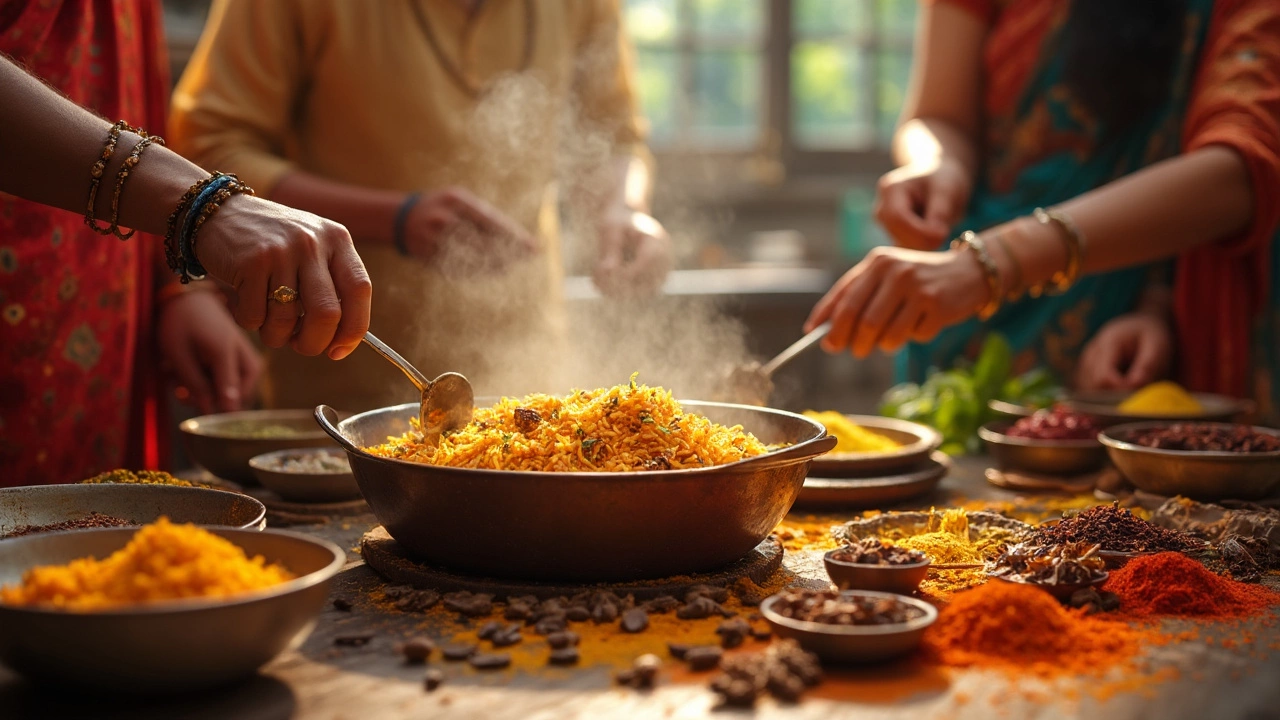Whole Spices – The Heart of Real Indian Flavors
When you think of Indian food, you probably picture bright curries, fragrant biryanis, and tangy chutneys. Most of that magic comes from whole spices. Using them the right way can turn a plain dish into something unforgettable.
Whole spices are the seeds, bark, roots, or fruits that haven’t been ground. Things like cumin seeds, mustard seeds, cinnamon sticks, cloves, and cardamom pods fall into this group. Because they stay whole until you heat them, their oils stay sealed, keeping the flavor fresh for months.
Why Use Whole Spices?
First, whole spices give you control. You can toast them just enough to release a burst of aroma, then grind them fresh for a brighter taste. Ground spices sit on the shelf longer and can turn stale faster, which means your food may lose that punch.
Second, the texture matters. Whole spices add a pleasant crunch or pop in dishes like tempering (tadka). That little burst of heat or snap makes each bite more interesting.
Third, whole spices help balance flavors. When you temper mustard seeds, they pop and release a subtle bitterness that balances the richness of a curry. It’s a simple trick that many home cooks overlook.
Finally, whole spices are often cheaper than pre‑ground versions. Buying a bag of cumin seeds costs less than buying the same amount of ground cumin, and you get more servings out of it.
Storing and Using Whole Spices
Store whole spices in airtight containers, away from sunlight and heat. A dark pantry shelf works best. If you can, keep them in glass jars with tight‑fitting lids. This stops moisture from getting in and keeps the oils from oxidizing.
When you’re ready to cook, start by heating a dry pan over medium heat. Add a handful of the spices you need and shake the pan. You’ll hear them start to pop – that’s the signal they’re releasing their oils.
For tempering, add a splash of oil once the spices begin to crackle. Then quickly add the rest of your ingredients. This method is used in dishes like dal, sambar, and many vegetable stir‑fries.
If you want a smoother sauce, toast the spices briefly, let them cool, and grind them in a mortar and pestle or spice grinder. Freshly ground powder will taste brighter than anything you buy at the store.
Don’t forget to use the whole spice bag for multiple recipes. A single batch of toasted cumin can flavor rice, soups, and even roasted vegetables.
Lastly, taste as you go. A pinch of whole cardamom in a rice dish can make a big difference, but too much can overwhelm. Start small, then adjust.
By keeping a small selection of whole spices on hand and knowing how to toast, grind, and store them, you’ll elevate everyday meals without extra effort. The next time you open your pantry, reach for the whole spices first – your taste buds will thank you.
Black Things in Biryani: What Are They and Should You Eat Them?
Ever found a mysterious black pod or ball in your biryani? Those 'black things' aren't a kitchen mistake—they're carefully chosen whole spices bursting with flavor. This article breaks down exactly what you’re fishing out of your rice (think black cardamom, cloves, peppercorns, and more) and whether you should eat or remove them. Get to know the real reasons they’re added and find easy tricks for identifying and dealing with them. You’ll never look at biryani the same way again.
